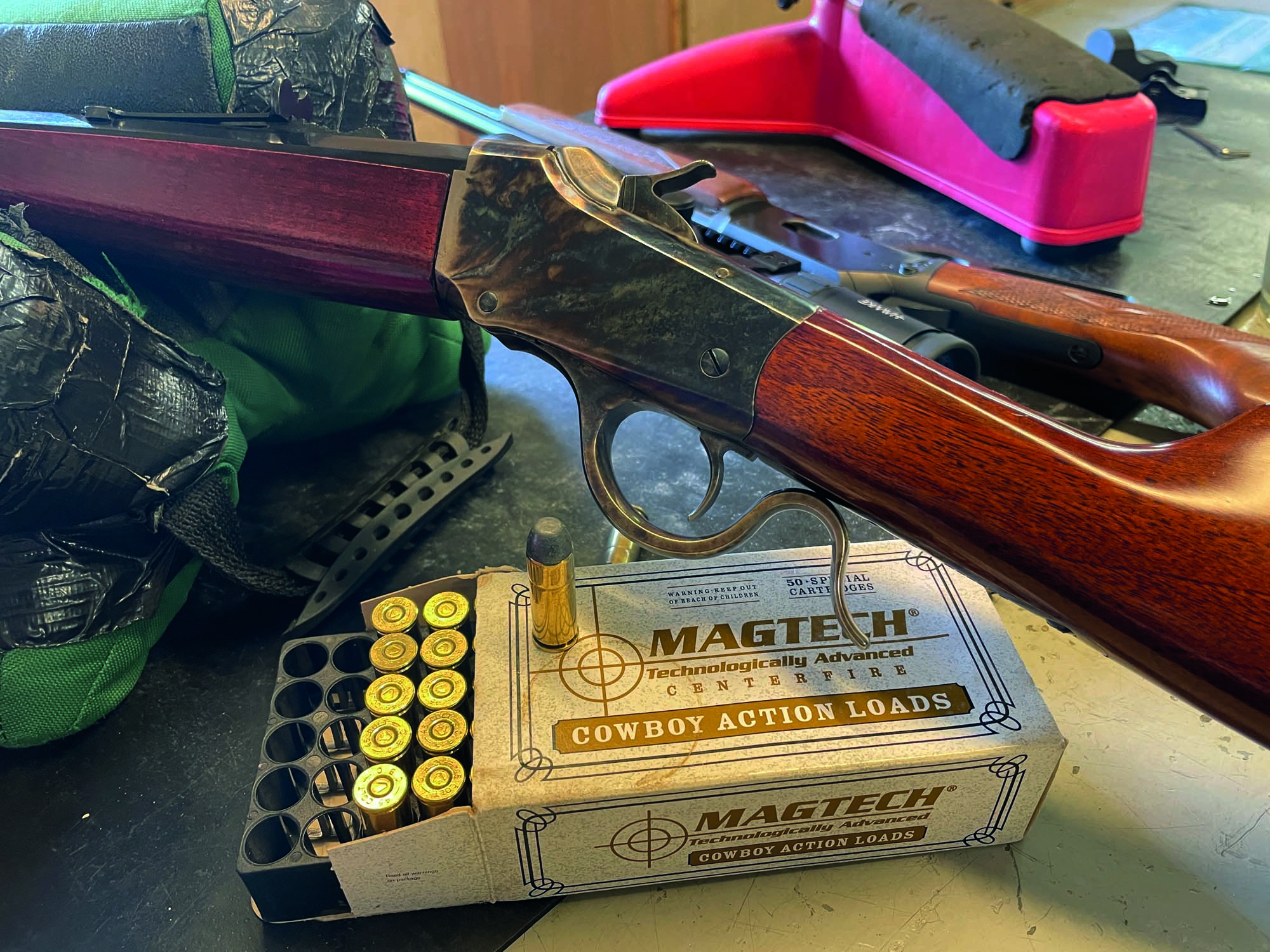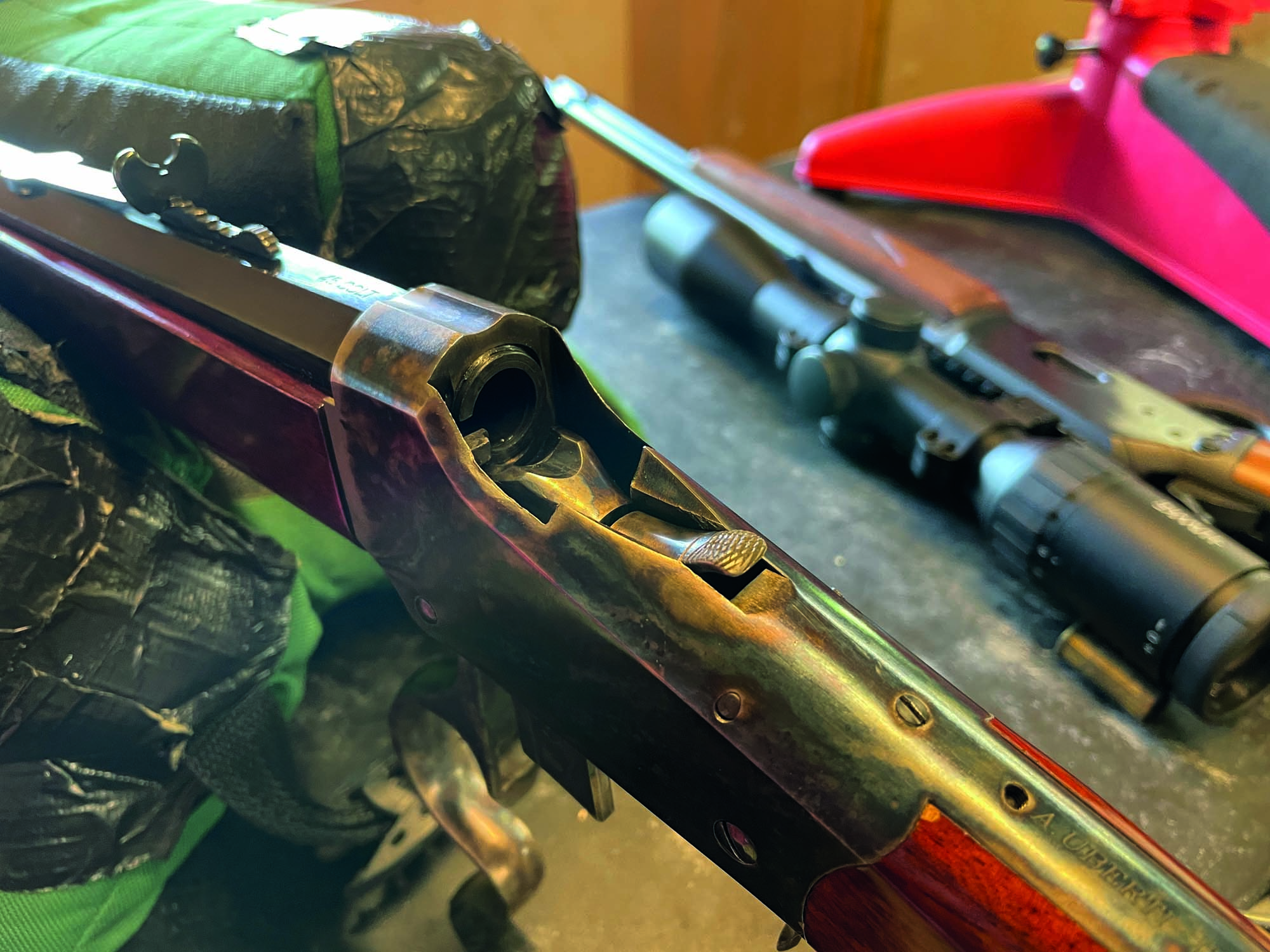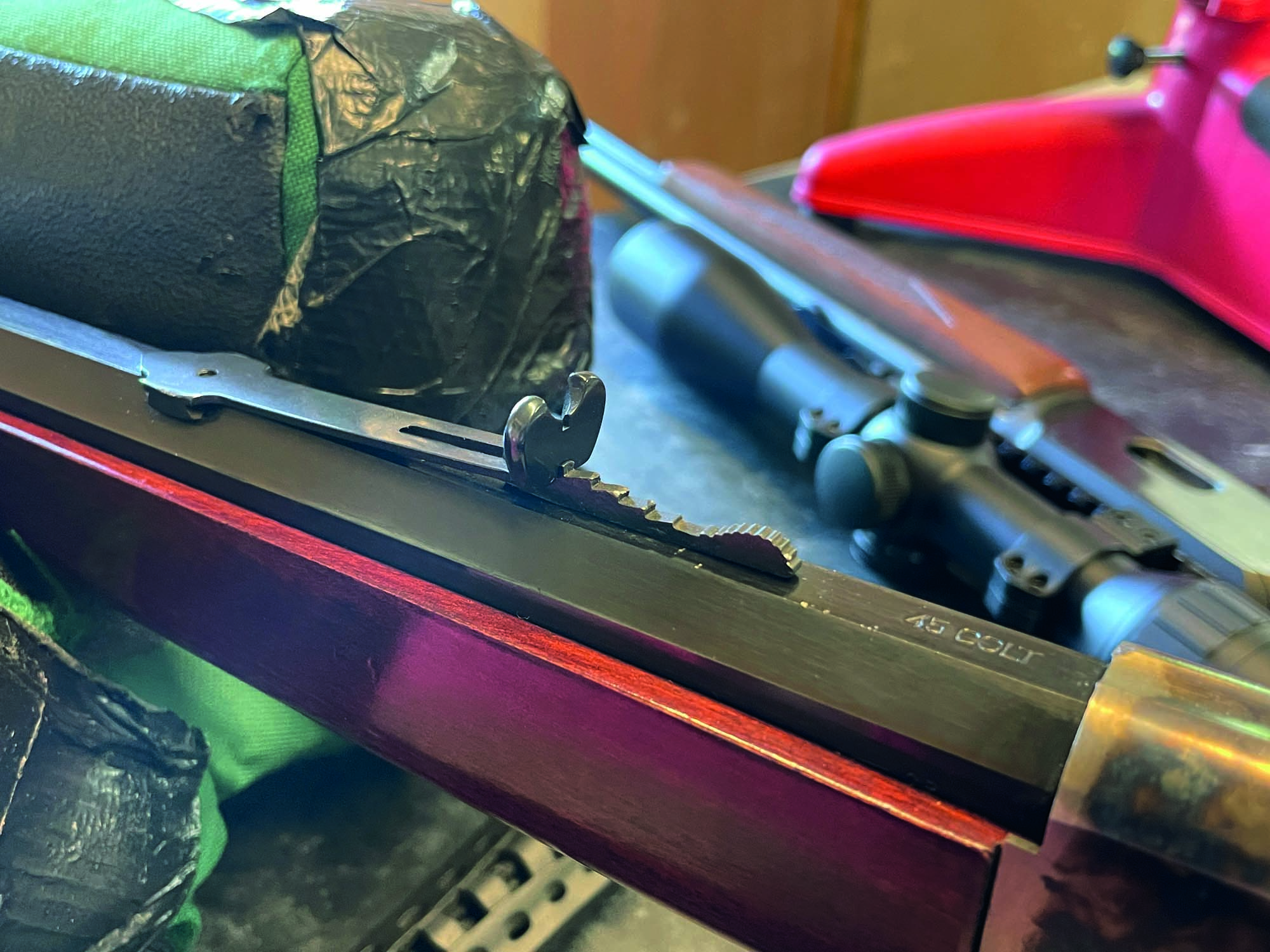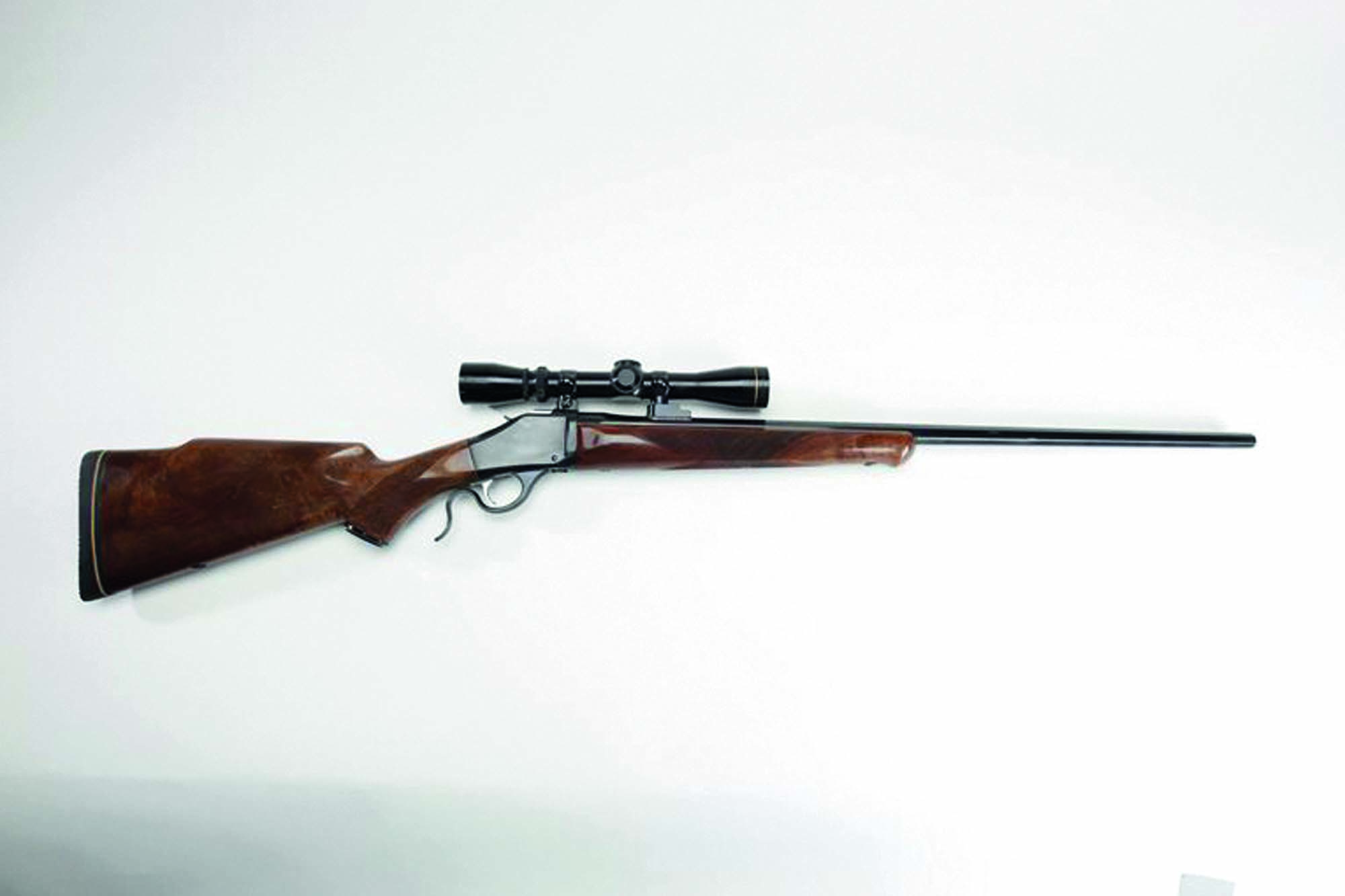Uberti 1885 Low Wall Review: A True Classic Single-Shot Rifle
- By Pete Moore
- Last updated: 13/08/2025

As a gun reviewer, something occasionally comes across my desk that really floats my boat. Such an item was Aldo Uberti’s reproduction of the single-shot Winchester 1885 Low Wall Sporting rifle. I’ll get the history over quickly, but as I discovered, I had a physical link with this design that I had never realised until now.

Unsurprisingly, the 1885 was based on an earlier John Moses Browning design: an elegant and compact single-shot, falling-block action that was, and still is, the strongest of its type, even surpassing Ruger’s No.1. This is supported by the fact that the modern Browning company reimagined it as the Model 78 in the 1970s and again in the early 2000s as the Black Powder Cartridge Rifle (BPCR).

Winchester was looking for a BPCR to compete with the Sharps and Remington Rolling Block guns of the 1800s. They saw Browning’s rifle, liked it, and bought the patent outright. With a few modifications, the 1885 was born. It came in two versions: High Wall for the heavier calibres of the day, and Low Wall for the lighter stuff.

The UK importer, Henry Krank, sent me the Uberti 1885 Low Wall Sporting rifle, featuring a straight-hand butt and basic sights, chambered in .45 Colt. This model is beautifully presented, featuring walnut furniture with Uberti’s trademark red finish, attractive bluing, and a colour case-hardened action. The slightly tapered, octagonal barrel is 30” long, which sounds a lot, but the compact action makes the rifle quite handy at just 6.5lbs. The wood-to-metal fit and finish are excellent, although I do not like the straight-hand butt.

The falling-block action is akin to an artillery piece, with its enclosed breech ring giving it inherent strength. Operation is via an S-shaped lever, which acts as a trigger guard. Push it down and forward, and the block drops for loading. As it closes, the hammer is set to half-cock, ready for a final thumb cock to fire.
Today, Uberti offers an eclectic mix of calibres for this model, including:

Sights are of the period and consist of an elevator wedge rear, with a semi-buckhorn U-notch. Range is adjusted by sliding the notched wedge forward and back. Up front, a low blade sits in a transverse dovetail and drifts left/right for windage correction. The receiver’s tang is drilled and tapped for Uberti’s aperture sight, which will improve accuracy. You can also remove the front blade and fit a tunnel with interchangeable elements.

I used Magtech .45 Colt 250gr Cowboy Action ammo. To load, you flip down the lever, push the cartridge into the chamber, and shut the action. The sights, although basic, were easy to align, and with a bit of practice, I was zeroed at 50 yards. The wide, curved trigger blade offered a smooth, light and crisp break that was comparable to a match-grade trigger.

I love the tactility of a single-shot action, and the 1885 did not disappoint. When unloading, the extractor only pulls the case out of the chamber and does not eject it. I decided to push it out to 100m, switching to orange clay pigeons. With a bit more elevation, the rifle was breaking the targets with ease. I’d say it could shoot around the inch with better sights.

There are a few caveats with this rifle. I know it’s a historical reproduction, but it could offer so much more with a scope on top. It would have been so good if Uberti had drilled and tapped the barrel for mounts.

The problem with guns like the 1885 Low Wall is that people see them purely as classics, with no real application for modern shooting, which undoubtedly limits sales massively. I reckon that’s a big mistake. If they made one in .17Hornet, with scope bases, imagine the fun you could have varminting. Sign me up!
